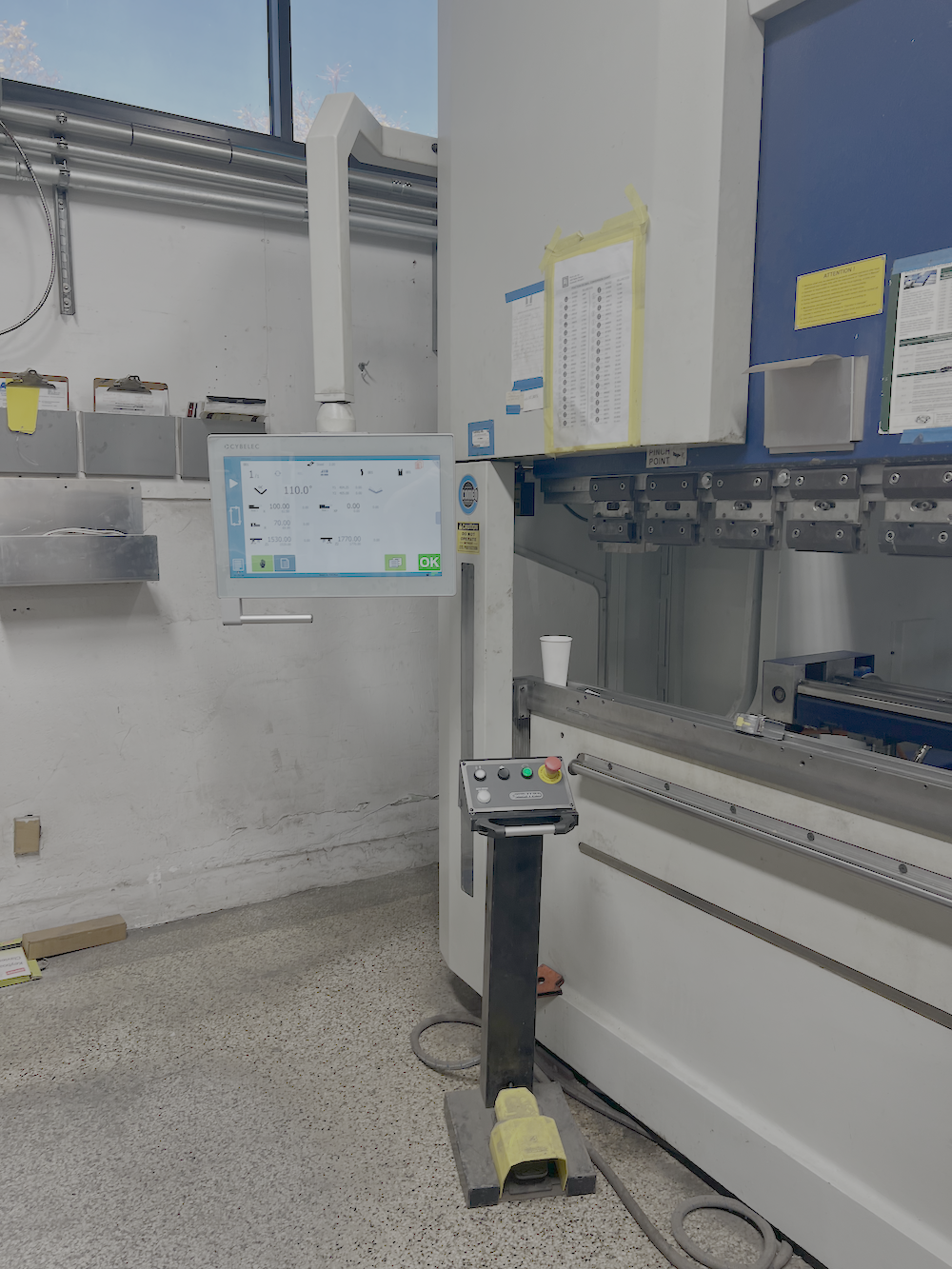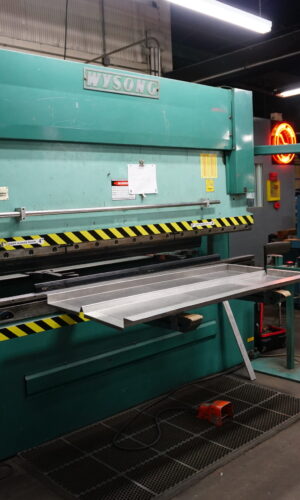Your press brake is the beating heart of your manufacturing business. That heart beats to the rhythm of production schedules and customer orders, on a consistent basis. When your press brake is working properly, every angle and bend is measured to precision. But when it starts to wear down and skips a beat, your press brake can create defects that can cost your business precious time and money.
In today’s competitive environment, keeping your machinery and all its parts well-maintained is essential. As technology has evolved, so have the control systems used in press brakes. Modern press brakes range from simple manual units to sophisticated Computer Numerical Control (CNC) machines that provide ultra-precise results.
Some manufacturers opt to embrace technology and retrofit their press brake systems. Other manufacturers choose to maintain their current press brake systems through continual repairs. But what happens throughout the years as the repairs come and go, and technology gets further ahead? Are you debating a retrofit over another repair? Do your schematics match your systems anymore? Are you falling behind other manufacturers that are taking advantage of the latest technological advances?
The Evolution of Press Brakes
Early mechanical press brakes were not particularly versatile or safe by today’s standards. By the mid-20th century, manufacturers replaced mechanical systems with hydraulic-powered press brakes. These hydraulic-powered machines use pressurized fluid to create greater force and control to bend thicker materials, leading to better precision and efficiency.
As computers entered the manufacturing world, so did Computer Numerical Control (CNC). CNC allowed operators of press brakes to program bends, angles, and sequences directly into a digital interface. This technological advancement led to the incorporation of more complex, multi-bend metals, increased consistent repeatability, and reduced human error.
In the present era, technology has created smarter, faster, and more energy-efficient press brake control systems. Touchscreen CNC interfaces, automatic tool changers, real-time diagnostics, integration with CAD/CAM software, and AI-assisted systems, also known as Industry 4.0, helped to connect shop floors with digital systems for optimized workflows, predictive maintenance, and better data analytics.
In today’s fast-paced and competitive manufacturing environment, maximizing the life and performance of your press brake is more important than ever.
Modernizing Press Brake Control Systems
While press brakes and their control systems have come a long way, it wasn’t always feasible to update the systems while technology was still evolving. In today’s fast-paced and competitive manufacturing environment, maximizing the life and performance of your press brake is more important than ever. When your tried-and-true machine starts to show its age, you are faced with the decision to retrofit, repair, or replace the machine.
While two out of three options can extend the usefulness of your press brake, choosing whether to retrofit, repair, or replace your machine depends on production goals, budget, and overall machine conditions. If the machine is simply worn out and no longer in decent shape, replacing the entire system might be the best option. If your business does not need a technological upgrade but is experiencing problems, repairing might be the best option.
If the mechanical parts are still in good shape but it has not had any technological upgrades, retrofitting can be the smarter option to boost productivity and further extend the life of your equipment. Retrofitting modernizes a functional press brake without replacing an entire system, such as adding CNC controls, safety features, and CAD/CAM software compatibility.
Stay tuned for the next blog, which will further define the benefits of retrofitting your press brakes systems over repairing.

A Company That Builds Relationships
The journey from a rudimentary machine to an automated press brake system is a testament to the progress of industrial and technological automation. Often, with progress comes complexity, and determining the right course of action for your business. Whether you need a repair or a retrofit, the goal is the same: keeping your press brake running smoothly and efficiently.
Regardless of your industry, it is important to find a reputable company that can help you determine the right course of action to ensure that your press brake runs as smoothly as possible and is suited to your business needs. Since starting their company in 2005, Control Works, Inc. has been helping customers to clean up the clutter and revitalize their control panel systems and press brakes.
The specialists at Control Works work closely with clients to understand their specific needs, offering responsive support and tailored solutions that larger companies often can’t match. From a simple press brake repair to a full retrofit with easy-to-understand schematics and training, the specialists at Control Works have you covered.
Contact Control Works today to find out more of what they can do for your control panel needs.







